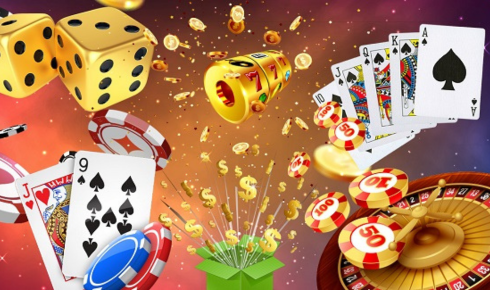When we talk about what makes a video game memorable, visuals and gameplay mechanics often take center stage. But there’s another dimension that quietly defines a game’s identity and emotional impact — sound design.
From the faint rustling of leaves in an open-world forest to the pulsing tension of combat music in a boss fight, audio in games is as critical as any graphic engine or control scheme. In fact, it might just be the unsung hero of immersion.
The Building Blocks of Game Audio
Video game sound design generally falls into three key categories: sound effects, music, and voice acting. Each serves a unique purpose, but when combined well, they create a cohesive audio atmosphere that enhances every interaction.
- Sound Effects give players sensory feedback. The crunch of footsteps on gravel, the recoil of a shotgun, or the swoosh of a sword swing all tell you something about the world — even if you’re not looking directly at it.
- Music sets tone and rhythm. A dynamic soundtrack can change tempo based on player actions, gradually intensifying as you approach a threat or softening during exploration. This emotional manipulation is deliberate, and remarkably effective.
- Voice Acting brings characters to life. Modern games use professional voice actors and cinematic direction to build emotional connections and narrative credibility.
Adaptive Sound Systems
One of the most fascinating advancements in game development is the rise of adaptive sound systems. These audio engines respond to gameplay in real time, layering tracks, muting or amplifying tones, and even creating procedural sounds based on in-game physics.
A great example is how stealth games like Dishonored or Hitman reduce ambient noise when you’re hiding, intensifying only when you’re discovered. This doesn’t just serve immersion — it offers mechanical cues that help players make better decisions.
Interestingly, some platforms not usually associated with deep sound design, like homebet88, are beginning to experiment with reactive audio elements in gamified environments.
Cultural Soundscapes and Identity
Audio also plays a major role in cultural storytelling. Games set in specific regions — from feudal Japan in Ghost of Tsushima to Norse mythology in God of War — use native instruments, traditional rhythms, and authentic sound cues to ground players in the world.
The rise of indie games has further diversified the audio palette. Developers experiment with ambient noise, silence, lo-fi soundscapes, or synthesized drones to create experimental moods that mainstream games often avoid.
The Psychology of Game Audio
Sound impacts how we perceive difficulty, timing, and even success. A satisfying “click” when picking up loot can psychologically reinforce the value of the item. A low heartbeat sound when your health is critical taps into primal instincts, raising real tension.
In horror games, silence is often more terrifying than music. Developers use this absence to build anticipation, letting players’ minds fill the void with imagined threats.
Even minor missteps in sound design — like repetitive voice lines or out-of-sync effects — can break immersion and draw criticism. In contrast, good audio work often goes unnoticed, which is arguably the highest compliment for the discipline.
Final Thoughts
As video games continue evolving as an artistic and cultural medium, the role of sound will only grow more sophisticated. From storytelling to mechanics, the right audio choices can elevate a game from good to unforgettable.
While it may remain behind the scenes, sound design is not just a technical necessity — it’s a core pillar of emotional and sensory engagement in modern gaming.
















+ There are no comments
Add yours